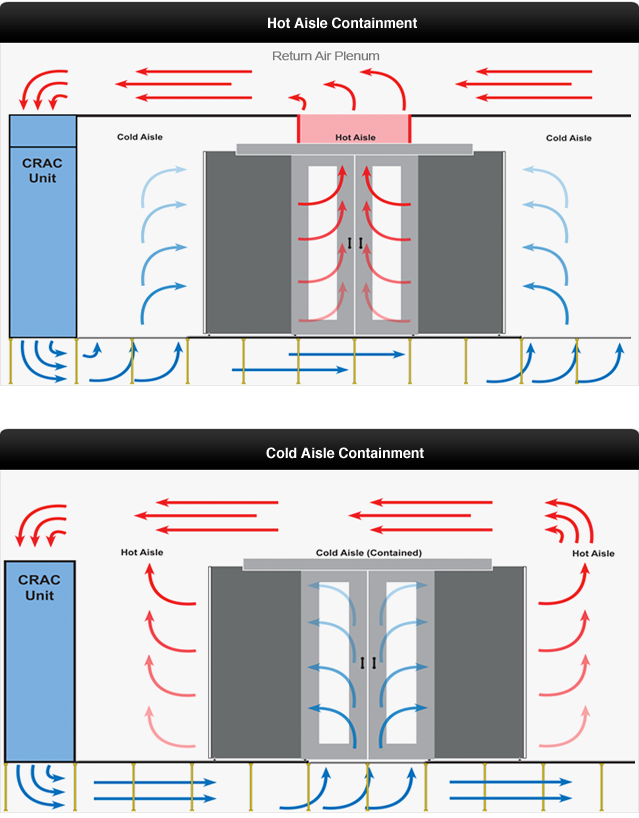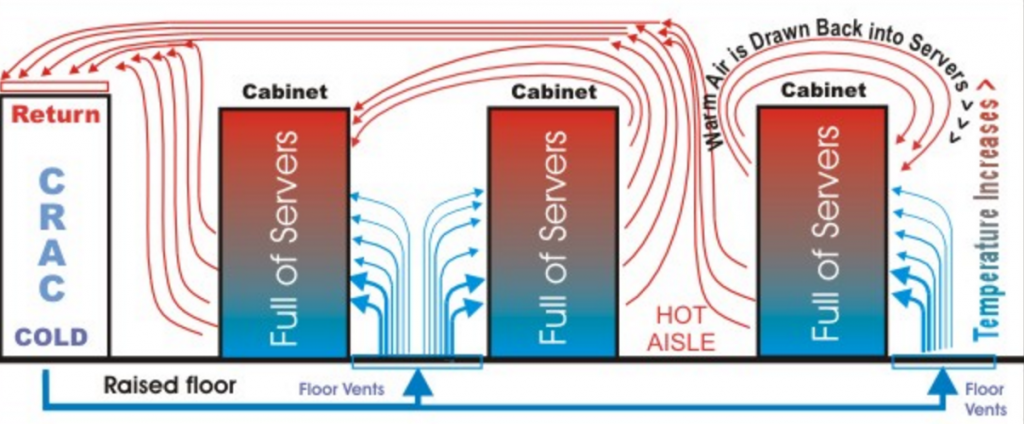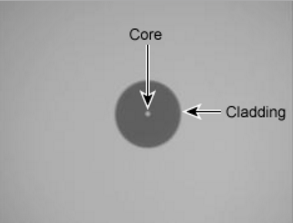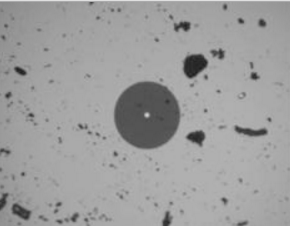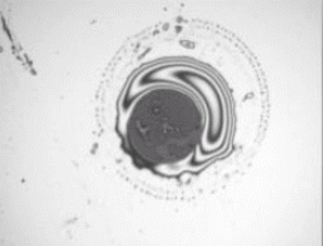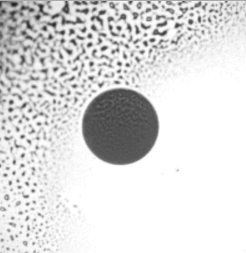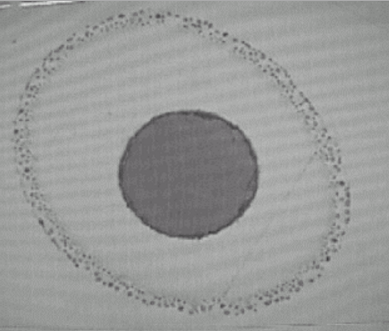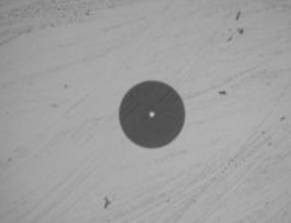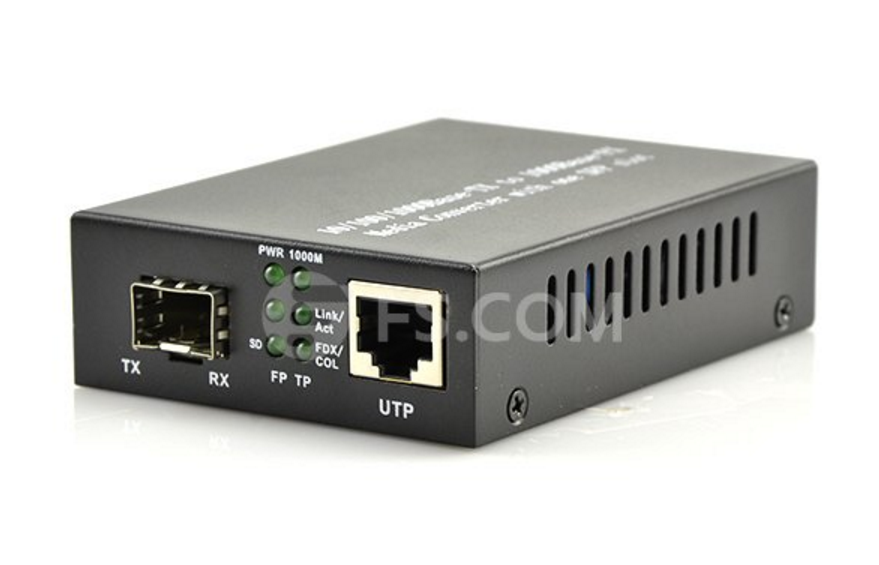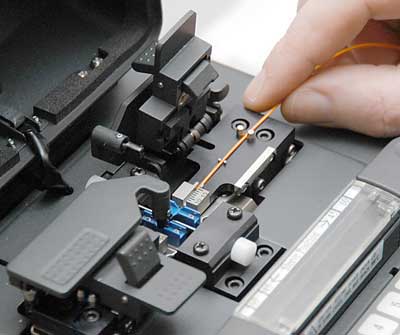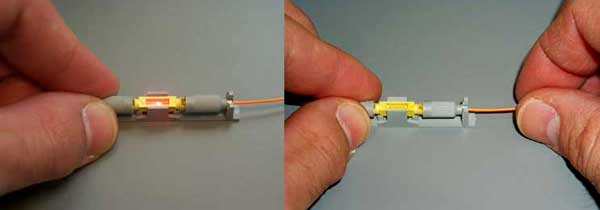Fiber management tray is generally adopted in the data center or server room for protection against the outside plant environment and damage. It serves as an economical approach for routing fiber cable, relieving the cable strain, handling and protecting fiber slack as well as accommodating fiber splice tray. The management tray has been designed to easily retrofit patch panel so as to make efficient cable management. Since the fiber management tray plays an indispensable role in the overall performance and reliability of the fiber optic cable, its importance thus cannot be ignored.
Why Use Fiber Management Tray
Optical transmission equipment nowadays can transmit astonishing amounts of data, video or telephone conversations. In addition, better technology has resulted in densely populated Fiber Optic Terminal (FOT) equipment frames. Both of these two factors make the fibers at the FOT very valuable. However, up to now, the emphasis on managing these fibers has been minimal.
An equipment frame may have only accommodated a few fibers in the past. Now these frames commonly accommodate 20, 40 or even 100 fibers. Consequently, it becomes even harder to quickly find the right fiber to change service than it used to be. If there comes the requirement to search for a fiber in a packed raceway, it is more likely that service on an adjacent fiber is disturbed. Therefore, physical protection is of significant importance for fibers entering and existing the FOT. Besides, higher density and higher bandwidth dictate that complacency is no longer acceptable. Avoiding service outages mean managing and protecting fibers. Which testify the necessity and importance to employ management tray in fiber protection.
The Features of Fiber Management Tray
In this part, we will mainly discuss the features all-front access design tray and modular design tray.
The all-front access trays feature sliding radius limiters, which provide ultimate fiber management by addressing one of the most critical elements of fiber cable management: bend radius protection. When fibers leave the tray, a specially designed bell-shaped exit point provides maximum edge protection.In addition, by controlling the movement of fibers within the tray, error-proof slack loop management is maintained, ensuring 30mm bend radius protection within the tray, which is essential in ensuring no fiber breaks. Sliding adapter packs allow easy access for connecting jumpers and cleaning connectors, ensuring that any fiber can be installed or removed without inducing a macrobend on an adjacent fiber. Moreover, these trays are lockable, further ensuring the integrity of the fibers by reducing the chance of accident greatly.
The modular trays feature a single interface for performing multiple tasks, and the value of which cannot be denied. An one-rack-unit modular tray offers network technicians ready access to terminating, splicing and storing fiber. This one-stop management approach is proved to be time-saving with added value. The following picture shows a typical one-rack-unit modular tray:

The Applications of Fiber Management Tray
A FOT frame may accommodate dozens or even hundreds of fibers. However, to determine an exact jumper length between the FOT and the fiber distribution frame (FDF) is rather difficult, it is thus natural results in slack somewhere in the path.There existing two options to cope with this problem: store the slack at the FDF or store it at the FOT. While most FDFs do not accommodate equipment jumper slack very well. Attempting to store slack at the FDF could congest cable management not intended for storing slack. So this is not a correct option in today’s world where high density is the norm. And because congested cable management prematurely takes up space needed for future fibers, it actually robbing the FDF of its true potential. Then, perhaps the most economical method to store this slack is back at the FOT frame, which occupies only small space for rack mounting. Within it, each fiber is assigned its own tray and is easily accessible for service changes. Besides, it also allows storage for a larger quantity of jumpers.
Conclusion
Fiber management trays can meet the demand of today’s fiber optic networks. As optical transmission speeds and fiber density increase, cable management becomes a crucial component in maintaining network integrity. Excellent cable management practices and products allow service providers to offer highly reliable service, which is key to retaining current business as well as gaining additional business.

